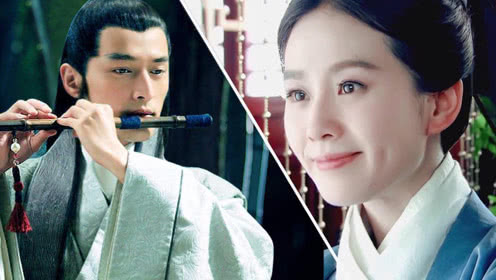
It has three strings, with the pitch adjusted by tuning pegs on the head, like a guitar or violin. The shamisen resembles a guitar, with a long, thin neck and a small rectangular body covered with skin. The key instruments used to play Japanese music are: All of the rhythms are ‘ma’-based and silence is an important part of the songs. The music often looks to represent natural sounds, and the sounds of life, through percussion, wind and stringed instruments.Īn interesting feature of classical Japanese music is its sparse rhythm and absence of regular chords. Traditional Japanese music is meditative in character, with highly ritualised performance – sharing much in common with martial arts, and other Japanese art forms such as the tea ceremony and calligraphy. The accompaniment is provided by a hayashi ensemble of three drummers and a flautist. The music has many blank spaces ( ma) between the sounds the negative blank spaces are in fact considered to be the heart of the music. Noh has been dubbed ‘Japanese opera’ and is a ‘chanted drama’, but the singing is dependent on a limited tonal range. Noh is often based on tales from traditional literature, with a supernatural being transformed into human form as a hero narrating the story – usually involving a mask being worn. Noh is a form of classical Japanese musical drama which has been performed since the 14th century. Kabuki is known for its highly stylised dancing and singing, together with its elaborate make-up (sported by a predominantly male cast). There are several Japanese dramatic forms in which music plays a significant role. Gagaku is the oldest of Japan's musical traditions and includes dances and songs in two styles – kigaku, which is instrumental music, and seigaku, a form of vocal music. Shōmyō is a ritual music sung in a Buddhist ceremony by a group of Buddhist monks – literally translated, the word ‘shōmyō’ combines the characters for ‘voice’ and ‘wisdom’. Two forms are recognised as the oldest forms - shōmyō, or Buddhist chanting, and gagaku, or theatrical court music. Traditional Japanese music usually refers to Japan’s historical folk music. Many popular Japanese musical instruments originated in China and were then adapted to meet local needs. Historically, Japanese folk music was strongly influenced by music from China, with some of its forms being imported from China more than a thousand years ago. Sixteen years later, he turns up again and tries to put the injustice to an end.Discover: Sounds Of Japan CLASSICAL JAPANESE MUSIC Wei stands up to protect people unrightfully persecuted by the clan, which leads to his disappearance.


The protagonist couple finds out that the head of the Wen clan is plotting to bring darkness on the lands. There are smaller families with some power, but they all fall under the Wen Clan. The story of a world, where fighting is part of the everyday, one clan rules everything. It is overall beautiful and surprisingly engaging. In case you just love traditional Chinese costumes, then you’ll see that The Untamed really went out to entertain you. It’s filled with thrilling action and fight scenes and there are some amazing scenes filled with well-choreographed combat scenes. In the original novels, and in the anime they’re lovers, however, in the drama, they’re rather portrayed as very close friends. If you enjoy action and beautiful story telling, the free-spirited Wei Wuxian and the good-hearted Lan Wangji’s bromance will be your new favorite. Often regarded as the best new Chinese Drama of 2019, The Untamed has something to offer to every viewer.


 0 kommentar(er)
0 kommentar(er)
